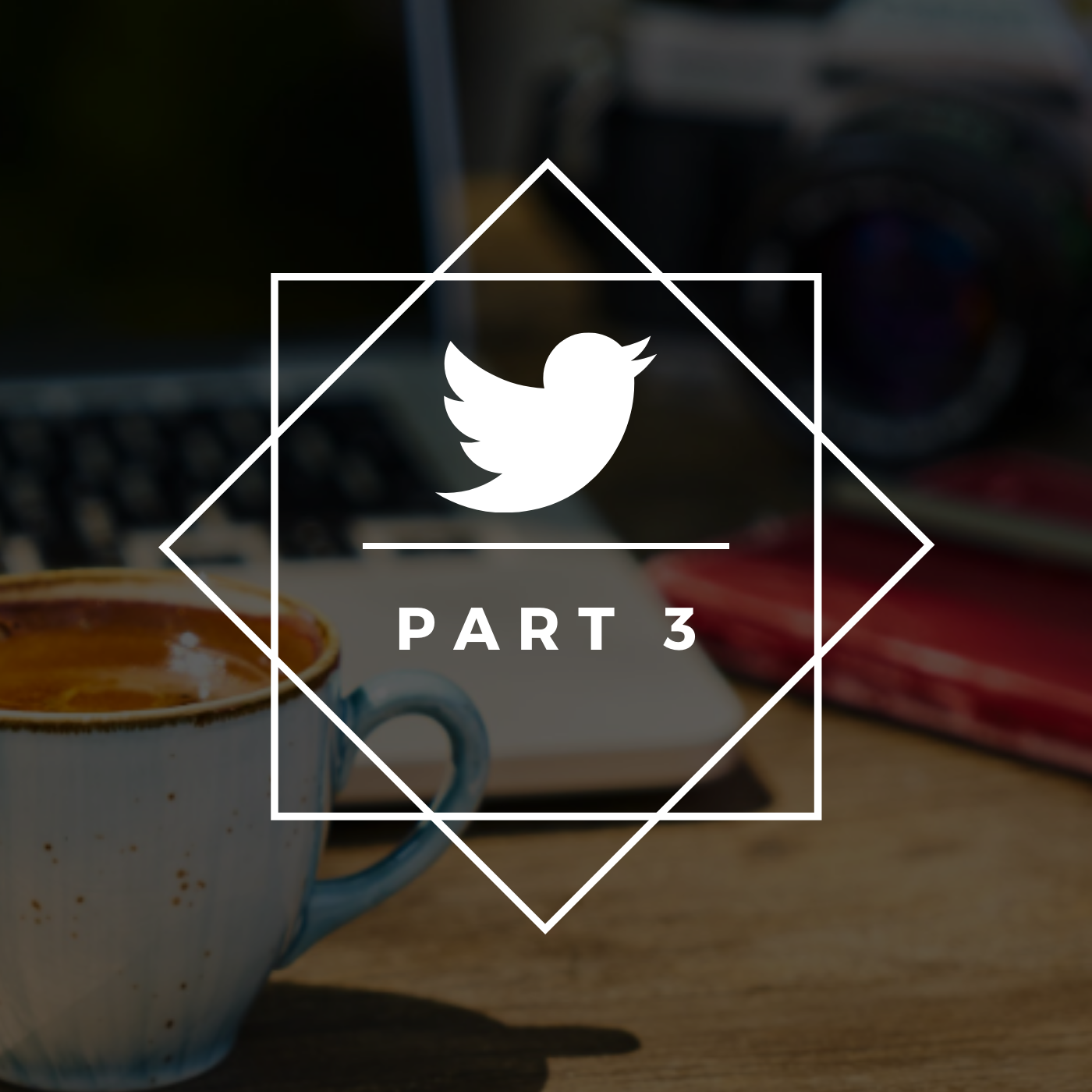Twitter Marketing for Content Writers: First Step Strategy

Whether it be an author promoting their newest e-book or a budding blogger driven to expand their fan-base, Twitter is a dynamic and preeminent social platform for driving traffic to and from feeds to written works and vice versa.
For authors tentatively inspired to become more active in their social efforts to those who want to take full control of their promotion, landing foot-fall between Twitter and digital or hard-print publications is the ultimate aim of a writer's self-marketing.
Clicks from social blasts back to web pages and tweets re-posting URLs linking publications to Twitter both build an audience and increase website traffic. With a good understanding of who you're targeting and the correct copy to catch that reader, Campaigns and Click to Tweets are free advertising to increase the outreach of your work.
Repeat Tweet, Year-Round
Tweet a variety of links to written works each capturing different slants on the content, or hook, of the piece you're aiming to promote.
Twitter is a fast-paced platform, probability is if you tweet multiple posts any one follower may pop their app and catch one, and only one if any, of the many blasts at random. This said, curious readers will visit your account to build an idea of who you are, what you're about and your legitimacy. With legitimacy in mine, don't display a Tetris tower timeline of identical promotional posts to repeat works.
For each tweet and link back to a single piece use different media and tweet copy. Craft several separate tweets varying imagery, call to actions, descriptions, quotes, videos, livestreams, etc. and publish them at different times. Think about how your content opens itself for different angles of approach. Take three to five of these entry points and create snippets of attention capturing copy. These don't necessarily need to be informative but they must hook your follower to encourage that swipe pause. In the infinity blur of vertically click competing, two eighty character condensed copywriting, what is it which creates pause in your reader to ensure your link is the link they stop for?
Pre-Notes on housekeeping
Pin a post to the top of your timeline whether it be your latest blog, guest blog, a body of work presented in a url portfolio or a writer's web page. The pinned link should showcase the best of your skills and achievements whilst being current i.e. published this year. Pinning a signature post allows more control over the content potential followers are first presented with and your chance to establish an impression. Use pinning to direct clicks to the skill set you want most to market, what you consider your most impressive published works or the content most directed at the needs of your target audience.
Also, users use Twitter, predominantly, by smartphone or tablet. Snatching Tweety birds back to your website, blog, etc. make certain the page they're redirected to presents sleekly and professionally on all devices not only desktop.
Twitter Campaigns
If you're preoccupied with being a writer and not a social media guru, campaigns, which involve automated, scheduled posting of your archive of work, can be an investment of time well spent. MissingLettr.com is a free resource which schedules Twitter posts for links to your portfolio.
Once you've set up your account, MissingLettr creates a series of tweets for each URL link to the work you want to market. MissingLettr will show you suggestions for copy and media such as images, video and recording for each scheduled tweet which you can then edit to use your own resources, writing and judgement. These will then be scheduled to automatically post to your timeline over the next year.
Twitter Ads is a paid resource for creating campaigns which allows accounts to set a budget and allocates Ads accordingly. For the less tech savvy there are several advantages to using Twitter Ads. Twitter allows the objective "raise awareness of a specific Tweet," "attract new followers," "send traffic to your website," or "increase engagement" to be clearly defined to Twitter and therefore to be favoured in the Twitter algorithms.
Website Cards are clickable, attractive digital billboards which like IRL billboards include copy, image and attract attention in when monochromatically book-ended by text. Twitter allows users to track the click rate of website cards and to test several simultaneously.
Most enticingly Twitter Ads allows you to target specific audiences which can be used keenly with marketing personas. Narrowing criteria can be by keywords, demographic, geography, language, device used to access Twitter and, my favourite, interests; with hundreds of categories and subcategories including politics, hobbies, pop culture and book, TV and Movie genres. For an author trying to find their readership Twitter Ads is the pièce de résistance of artillery.
Click to Tweet
Campaigns funnel traffic from twitter to your website, working in the other direction, Click to Tweets allow readers to share a tweetable quote from your written work. Once you've set up the Click to Tweet application and plugin you can select quotes from your text which when clicked on will give readers the option to post the quote to their Twitter timeline.
Social sharing icons at the top or end of a post are another way to encourage readers by giving them the visual cue to promote a post for you to their own social communities.
Both social sharing links and Click to Tweets work on the basis that many people, enraptured with your written word, may not think to share on their social platforms without both being given the prompt and making it eye-wateringly easy for them.
